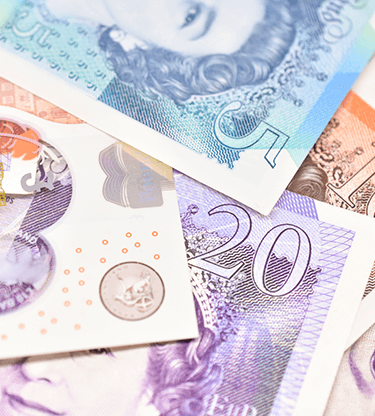Daily Brief

Sterling looking comfortable
3 minute readConfidence confusion
Investors’ confidence was called into question in two directions on Monday. One of those was China’s out-of-the-blue crackdown on private sector training firms, the other was a weakening of German business sentiment. The Northern Scandinavian crowns shared first place while the USD and JPY brought up the rear.
It was not a classic case of risk-off. Had it been so, the US dollar would not have been the biggest loser and the antipodean dollars would not have been level-pegging with the Swiss franc. Instead, it looked as though investors were juggling their positions to ensure they were not carrying accidentally large positions in any currency. August is, after all, just around the corner; a slow, thin, holiday month during which nothing ought to happen but something often does.
Sterling had a good day, taking third place behind the Scandis with an average gain of 0.2%. It has had a good 2021, too, beaten only by the Canadian dollar since the beginning of January and strengthening by an average of 4.3%. For four months the pound has been unusually steady against its main benchmark, the euro, remaining almost exclusively within a two-cent range between €1.15 and €1.17.
Give it a year
Investors knew in advance that Monday’s economic data would not be of much help to the decision-making process, so they were not disappointed. The agenda during the European day amounted to three statistics and one speech.
IFO’s measures of German business confidence were prefaced by the observation that sentiment has “clouded over”. “Companies evaluated their current business situations as somewhat better, but their expectations for the coming months were significantly less optimistic. Supply bottlenecks and concerns over newly rising infection numbers are weighing on the German economy.” US new home sales have clouded over as well, falling by a monthly 6.6%. Supply constraints are a problem there, too, including “skyrocketing construction costs”. There is also the odd cloud over the Texas economy, with the Dallas Fed’s manufacturing index four points lower on the month at 27.3. But fear not, the Fed’s report began with; “Robust Expansion in Texas Manufacturing Carries On”.
In his final speech as an external member of the Bank of England’s Monetary Policy Committee, Gertjan Vlieghe looked back over the six years of his tenure. His bottom line was that the bank “should not tighten monetary policy until well into next year because the threat of the coronavirus is still weighing on the economy”.
US numbers
Except for Eurozone private loans and money supply, all of the statistics on London’s to-do list today come from the United States. The quarterly Australian inflation data appear tonight.
Analysts predict US durable goods orders to have increased by a monthly 2.1% in June, a little less than May’s 2.3% rise. House price indices from the Federal Housing Finance Agency and Standard and Poors are expected to have risen by either side of 16% in the year to May. The other US ecostats cover manufacturing activity in the Richmond Fed’s district and national consumer confidence.
Australian headline inflation was last seen at 1.1% in the year to March. Analysts expect that to have more than tripled to 3.8% by the end of June.
Weekly roundup



